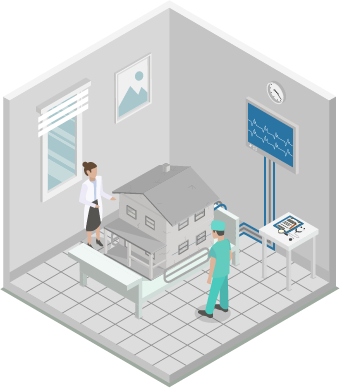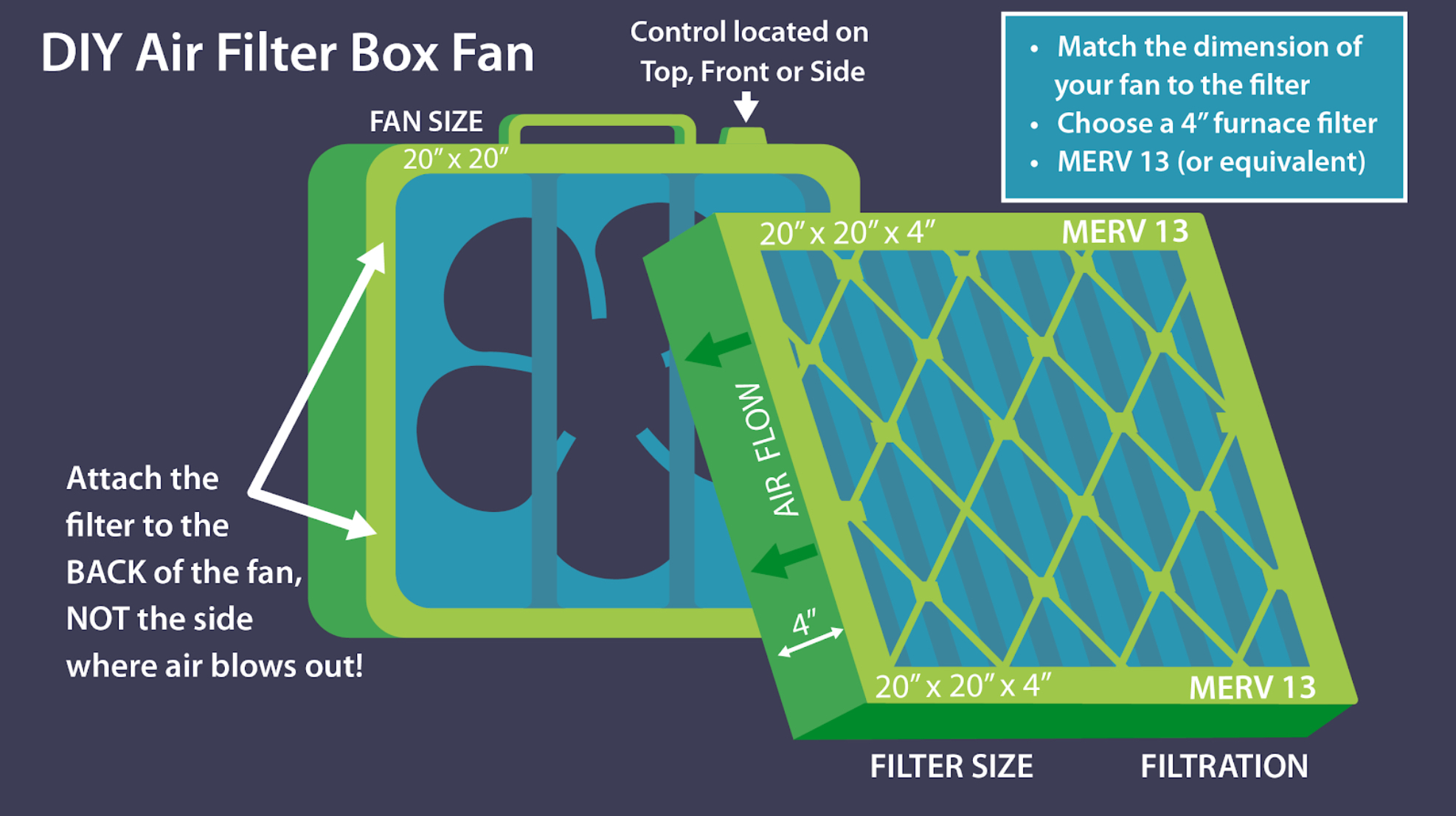Many people are aware of the benefits of keeping what they eat and drink free of chemicals, including pesticides, mercury, and BPA. In addition to eating organic and drinking filtered water, to optimize your health, you should also take care to eliminate dangerous chemicals from your home – especially those known as endocrine disruptors.
The Environmental Working Group (EWG) identifies 12 endocrine-disrupting chemicals, 4 of which are often found in common home products like paint, carpets, and furniture. Studies have shown that endocrine disruptors are responsible for increasing production of certain hormones; decreasing production of others; imitating hormones; turning one hormone into another; interfering with hormone signaling; telling cells to die prematurely; competing with essential nutrients; binding to essential hormones; and accumulating in organs that produce hormones. These chemicals have been linked to lower sperm count, fertility issues, obesity, diabetes, thyroid irregularities, some cancers, neurological problems, developmental problems, kidney damage and more.
So how can you minimize or eliminate the impact of these chemicals in your home?
Phthalates: Avoid plastic food containers, children’s toys, and plastic wrap made from PVC, which has the recycling label #3. Some personal care products also contain phthalates, so read the labels carefully. Also, be wary of products that simply list “fragrance,” this vague term can mean anything and sometimes includes phthalates.
Fire retardants (PBDEs, TDCIPP, and others): Choose furniture, carpet padding, mattresses and baby products that are free of all fire retardants. Consider replacing foam in older furniture, make sure cushion covers are intact since exposed foam allows chemicals to escape more quickly, and take care when replacing old carpet as the padding underneath is likely to contain PBDEs. Finally, use a vacuum cleaner fitted with a HEPA filter to remove small particulates from your home.
Lead: Keep your home clean and well maintained. Crumbling old paint is a major source of lead exposure, so get rid of it carefully. A good water filter can also reduce your exposure to lead in drinking water.
Perfluorinated chemicals (PFCs): Avoid non-stick pans as well as furniture and carpets with stain- and water-resistant coatings.
Bisphenol-A (BPA) Avoid household plastics, especially food packages and storage. In 2012 the FDA banned it from baby bottles and sippy cups— but it remains in use in many other household products, like canned food and water bottles.
Finally, be aware of “regrettable substitution” where companies replace toxic or dangerous chemicals (like BPA), for new or different chemicals (like BPS) that essentially have the same toxicity but have not been sufficiently tested to warrant being banned. There is no state or federal agency charged with ensuring replacements are any safer so while you might be able to limit exposure to the endocrine disruptors listed above, you still may be exposed to other chemical hazards, including carcinogens and neurotoxins.
Hayward Score helps you discover how your home may be impacting your health in minutes – – for FREE!
Answer a quick set of questions then get a personalized list of action items. Transform your home and health today!

ARE YOU CONCERNED YOUR HOME IS MAKING YOU SICK?
Our guide on indoor quality will help you diagnose possible issues and implement intelligent solutions to improve the quality of the air inside your home.















